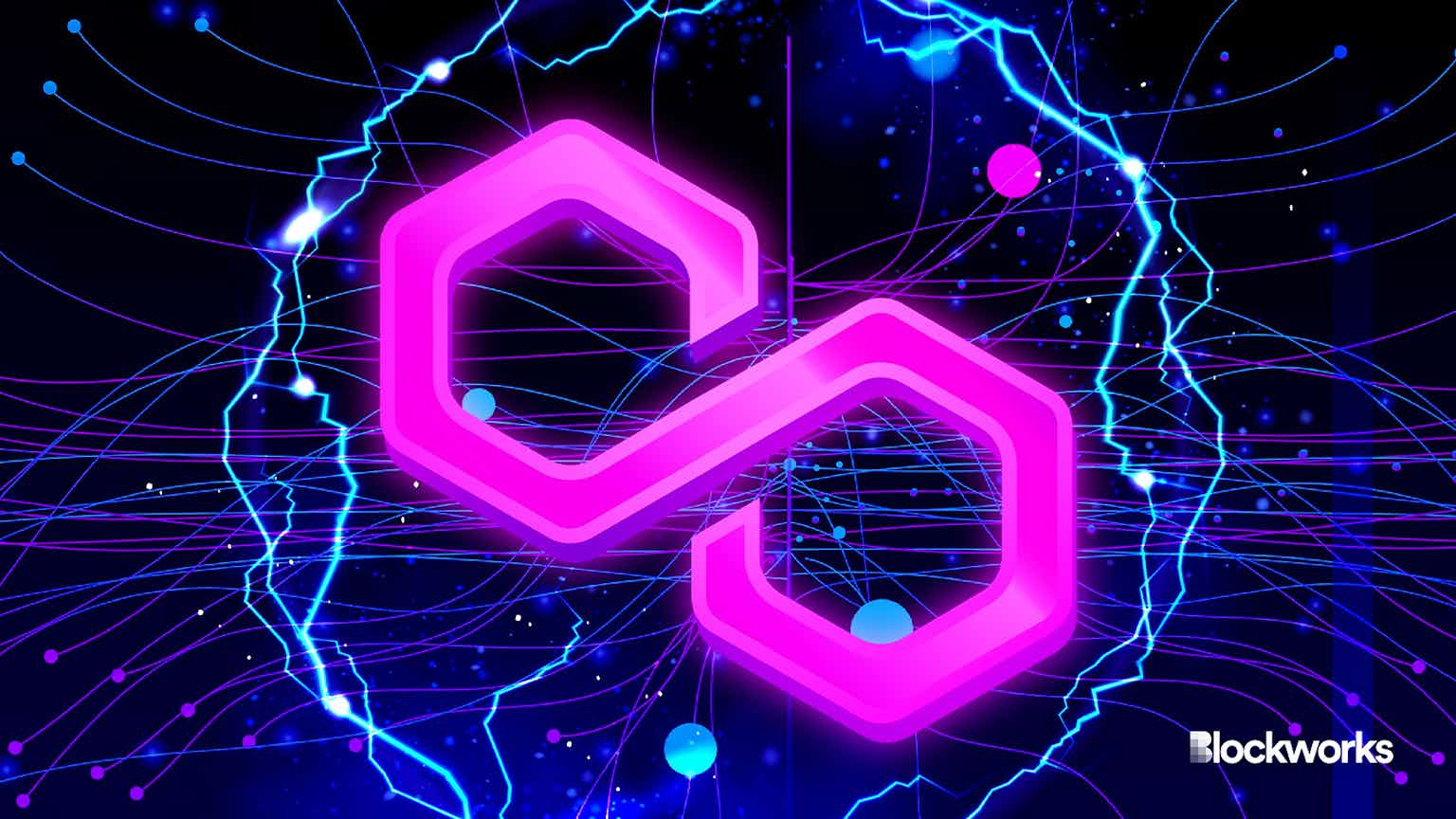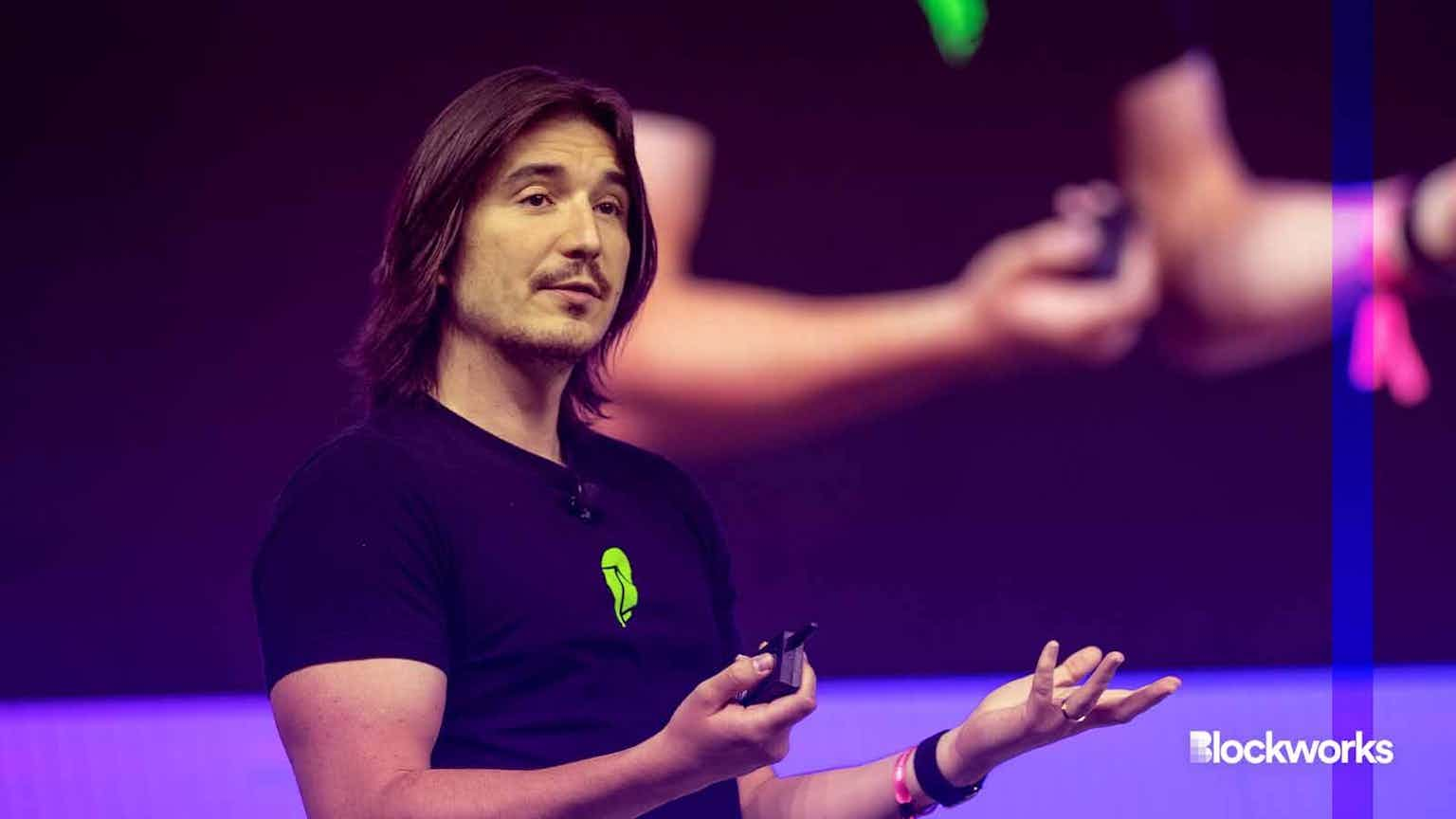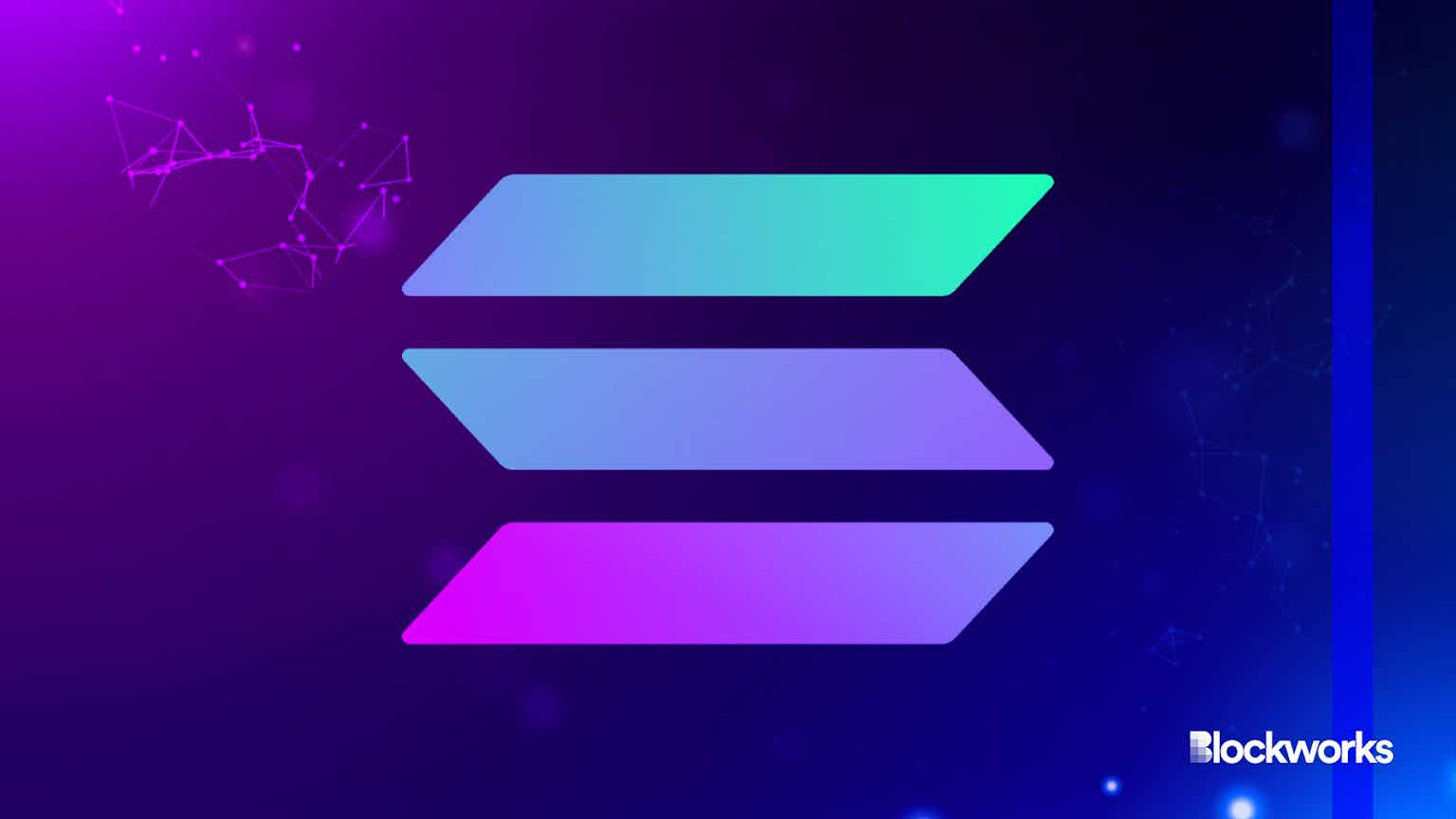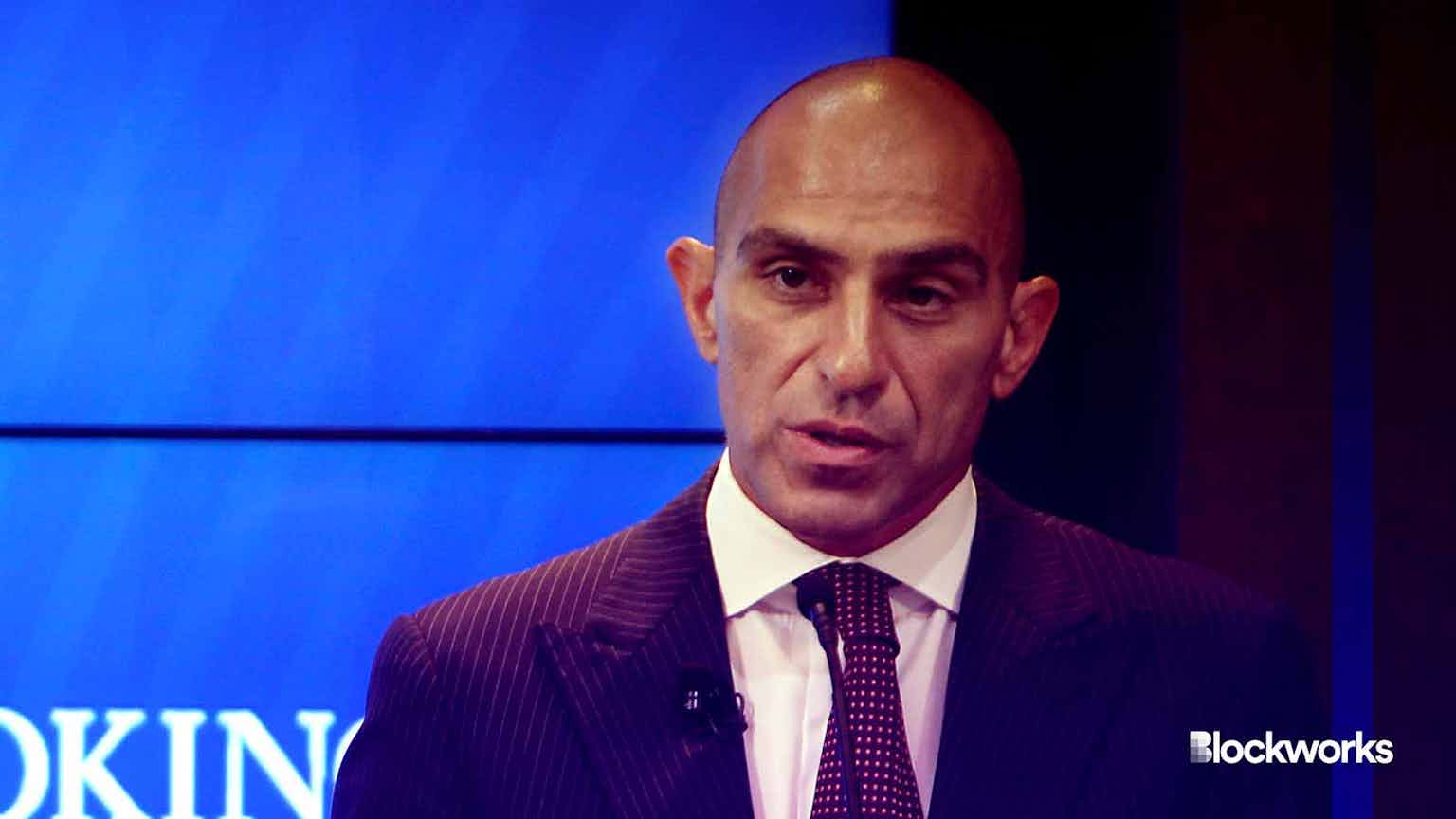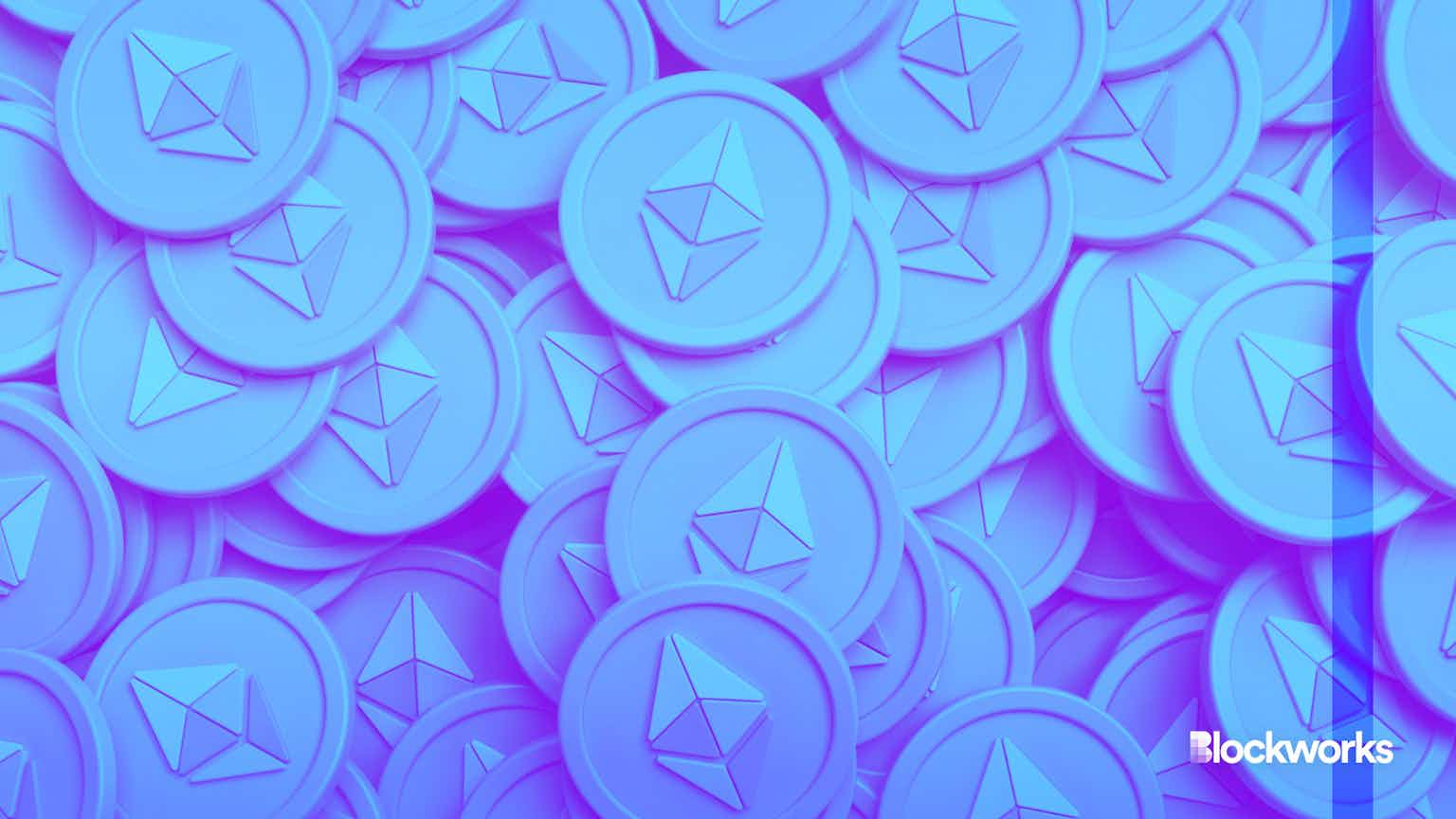French Banking Giant BNP Paribas Joins JPMorgan’s Onyx Blockchain
JPMorgan’s blockchain started with repo markets but has begun exploring institutional access to decentralized finance markets
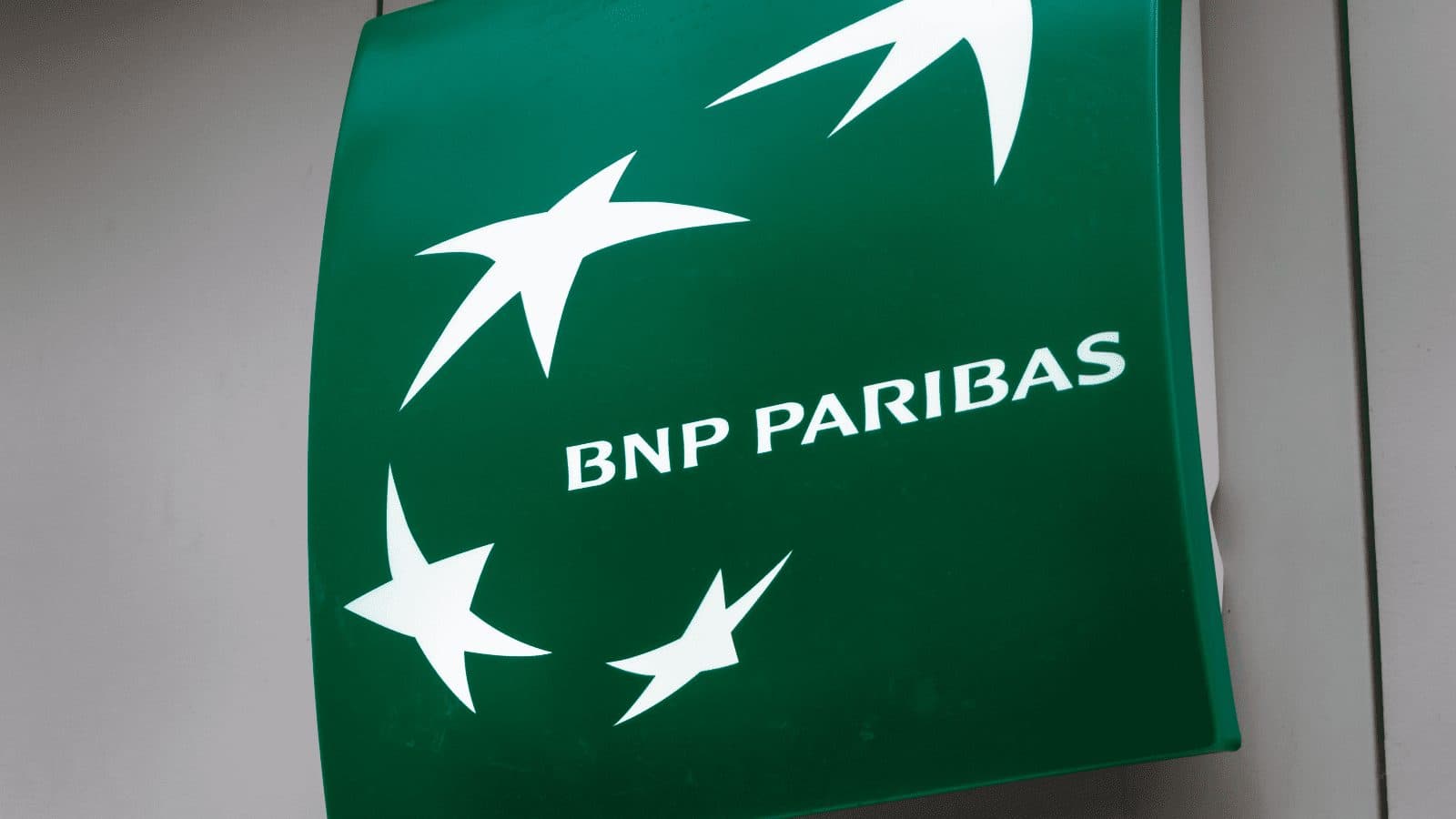
Source: Shutterstock
key takeaways
- JPMorgan’s permissioned blockchain Onyx tokenizes US Treasurys for fast settlement within intraday repo markets
- BNP Paribas is the latest bank to join the network after rival Goldman Sachs began utilizing it last June
French banking giant BNP Paribas, the second-largest banking group in Europe, is now trading digital tokens on JPMorgan’s blockchain network for short-term asset loans.
JPMorgan’s blockchain system, Onyx Digital Assets, launched in December 2020 and has so far processed more than $300 billion in government bond transactions, according to a report from the Financial Times.
For now, Onyx deals specifically with the intraday repurchase (repo) market, which is valued at around $12 trillion. Banks can lend tokenized US Treasurys for a few days at a time without the assets leaving their balance sheets. This helps navigate liquidity demands imposed on institutions in the wake of the 2008 financial crisis.
Borrowers can then exchange the tokens for liquid cash, boosting their available collateral for use within derivatives markets. Onyx is integrated with JPMorgan’s own digital payments token, JPM Coin, which debuted around the same time as its blockchain platform.
Deals on the permissioned blockchain network are settled by automated smart contracts. Onyx’s website boasts that the service enables “near instantaneous atomic exchange of collateral for cash.” Repo transactions can be “traded, settled, and matured within a day,” and trade terms can be as little as minutes.
BNP Paribas’ head of engineering Joe Bonnaud told the Financial Times the bank’s adoption of Onyx was more than exploration of a proof of concept. The bank, which managed $612 billion in assets at the start of the year, hopes the move will help utilize blockchain as trading and operations life cycles of markets evolve. Rival bank Goldman Sachs joined Onyx last June.
Permissioned (private) blockchains such as Onyx differ greatly from Bitcoin and Ethereum, which are permissionless (public) networks. Anyone with the right equipment can join and use permissionless blockchains — either as validators or regular users — while JPMorgan alone controls who validates Onyx transactions and ultimately decides which institutions can access its network.
BNP Paribas is among a consortium of French banks experimenting with a permissioned blockchain project of the French central bank, trading debt securities as part of research on central bank digital currencies (CBDCs).
JPMorgan is deep in blockchain, slowly wading into crypto
JPMorgan adopting blockchain — even a watered-down version of it — might be surprising to some, considering CEO Jamie Dimon’s repeated criticisms of bitcoin over the years.
Dimon has been one of the most vocal proponents of the “blockchain, not bitcoin” mantra, which became synonymous with crypto-weary institutional players in 2018 — labeling BTC “fool’s gold” and “worthless” as recently as October.
JPMorgan developed and sold open source enterprise blockchain platform Quorum to Ethereum giant ConsenSys in August 2020 for an undisclosed amount. Quorum enables companies and other entities to deploy their own blockchain networks validated by a single entity, hosted by Microsoft’s Azure cloud service. JPMorgan joined a $65 million ConsenSys funding round one year later.
Despite Dimon’s skepticism, JPMorgan quietly began offering its richest clients access to a half-dozen crypto funds last year, including a bitcoin fund operated by New York-headquartered finance unit NYDIG, four Grayscale Investment crypto funds, and one managed by Osprey.
JPMorgan also made a “strategic investment” in the San Francisco-based blockchain analytics firm TRM Labs in February. The company helps trace illicit crypto flows to aid in regulatory matters, similarly to Chainalysis and Elliptic.
The bank even established a “lounge” (also named Onyx) in the blockchain-powered metaverse app Decentraland in the same month, the first major institution to do so.
As for what’s next, head of Onyx Digital Assets Tyrone Lobban told reporters JPMorgan was exploring institutional access to decentralized finance markets via Onyx, although details were not forthcoming.
Start your day with top crypto insights from David Canellis and Katherine Ross. Subscribe to the Empire newsletter.
